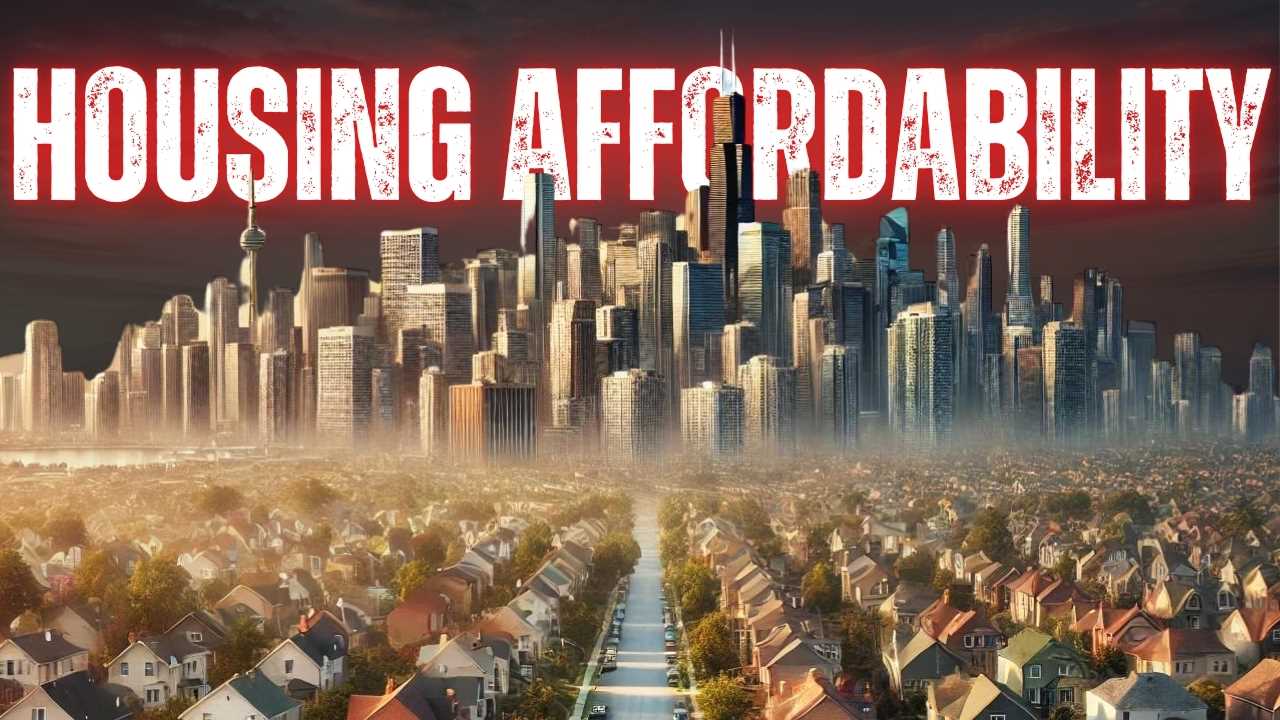The Real Impact of Rising Home Prices on Housing Affordability Explained
Wednesday, August 21, 2024

The Real Impact of Rising Home Prices on Housing Affordability Explained
BOCA RATON REAL ESTATE MARKET WATCH
Introduction
At first glance, it seems logical to assume that skyrocketing home prices would significantly increase the proportion of income Americans spend on housing. After all, a 50% hike in prices since late 2019 is no small feat. But here's the kicker: most households aren't spending that much more of their income on housing. In fact, some are spending the same or even less. How is this possible?
This paradox has left many puzzled, raising questions about whether the widely perceived housing affordability crisis is as dire as it seems. In this article, we'll explore how rising incomes, strategic financing, and broader economic trends have helped maintain a stable housing cost-to-income ratio despite the sharp increase in home prices.
The Impact of Rising Home Prices
Since late 2019, home prices in the United States have surged by an astonishing 50%. This increase, driven by factors such as limited housing supply, increased demand, and economic shifts, has left many wondering how Americans are managing their housing costs. Naturally, one would expect such a dramatic rise in prices to lead to higher monthly housing expenses, consuming a larger portion of household income.
However, the reality is more complex. While the cost of purchasing a home has undeniably increased, the proportion of income that most Americans spend on housing has remained remarkably stable. This counterintuitive trend suggests that other factors are at play, mitigating the impact of rising prices on household budgets.
The Role of Income Growth in Housing Affordability
Personal Income Growth Since 2019
One of the key reasons behind the stable housing cost-to-income ratio is the significant growth in personal after-tax income over the past few years. According to the Bureau of Economic Analysis, the average personal after-tax income in 2019 was approximately $16,000. Fast forward to today, and that figure has risen to nearly $21,000—a substantial 30% increase.
This surge in income has provided a crucial buffer against the rising cost of housing. As incomes have grown, many Americans have been able to keep up with higher home prices without devoting a larger share of their income to housing costs. This phenomenon is a testament to the power of income growth in maintaining affordability, even in the face of significant price increases.
Income Growth as a Driver of Higher Home Prices
Interestingly, the same income growth that has helped maintain housing affordability has also contributed to the rise in home prices. As personal incomes have increased, so has the purchasing power of many households. This enhanced ability to buy homes has fueled demand in the housing market, driving prices even higher.
It's a classic case of supply and demand. With more people able to afford homes, competition has intensified, leading to higher prices. While this might seem counterproductive from an affordability standpoint, it's important to remember that the increase in income has played a crucial role in enabling households to manage these higher prices without stretching their budgets.
